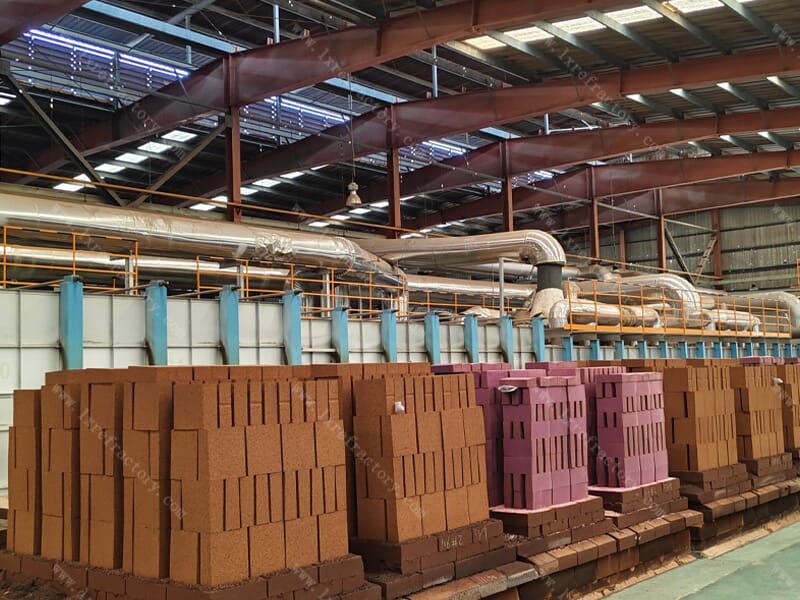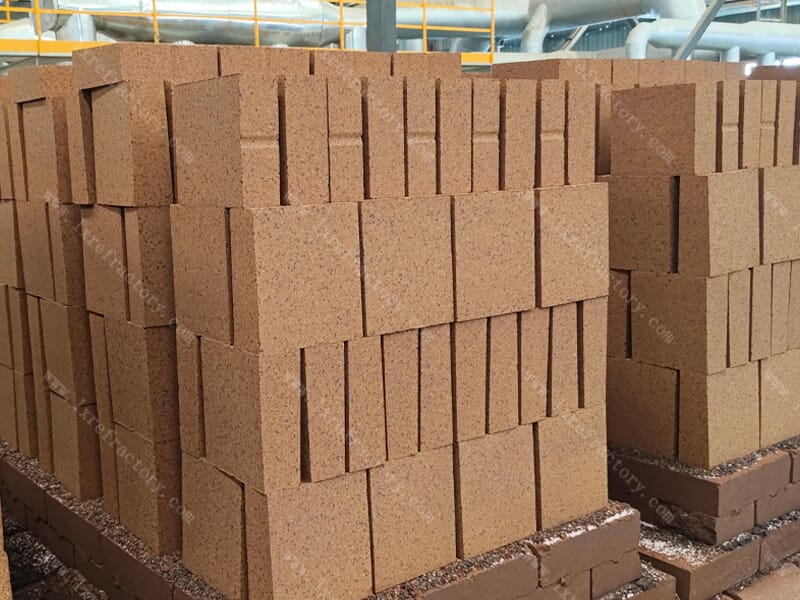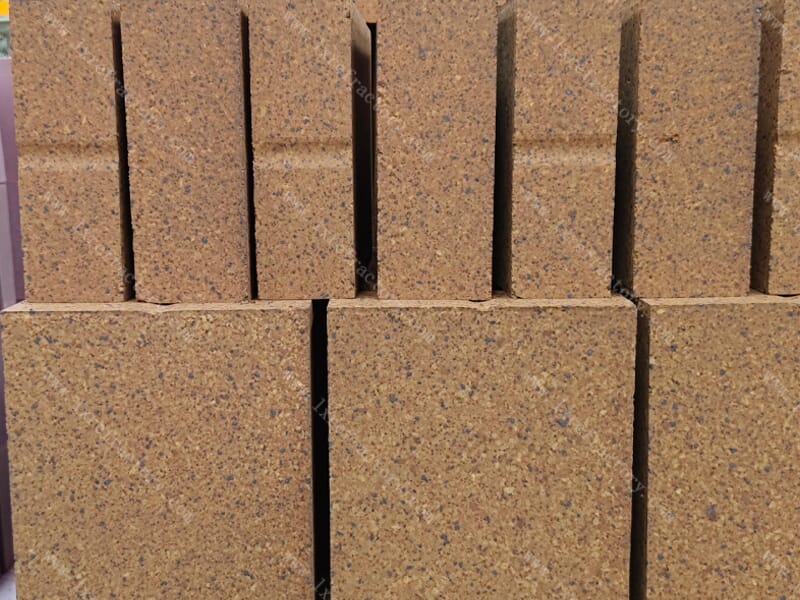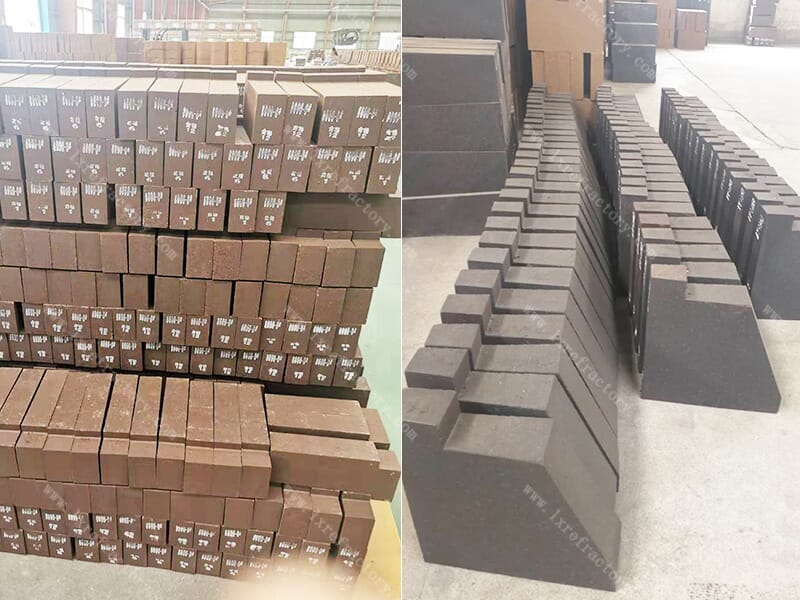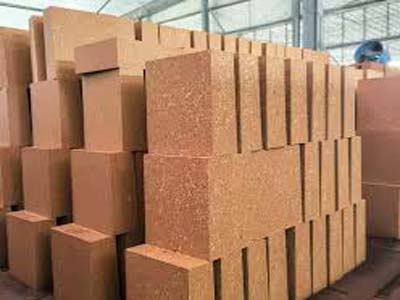Fire bricks are core protective components in high-temperature equipment such as kilns and steel plants. Prolonged exposure to high temperatures and material friction can easily lead to cracking, peeling, and loosening. Timely replacement and repair can prevent equipment damage and ensure production safety. This article outlines a detailed practical procedure with key precautions to help complete repairs efficiently.
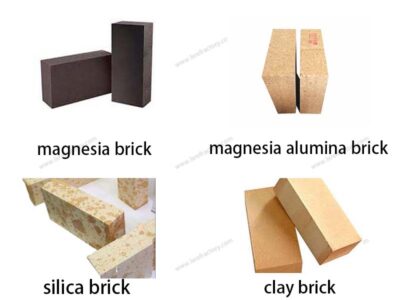
fire brick
Preparation Before Replacement and Repair
First, conduct a comprehensive inspection, using professional tools to identify the extent of refractory brick damage and determine whether partial repair or complete replacement is required. Simultaneously, inspect the equipment shell, steel frame, and other supporting structures to avoid potential safety hazards during repair.
Prepare suitable repair materials, selecting high-alumina fire bricks, corundum fire bricks, or clay fire bricks according to the operating conditions, along with specialized refractory putty and adhesives. Have dismantling tools and measuring instruments readily available to ensure smooth operation.

high alumina fire bricks
Shut down and cool the equipment according to specifications, allowing it to naturally cool to below 60°C. Clean the furnace of residual materials, ash, and debris to create a safe space for repair work.
Core Repair and Replacement Steps
1. Removal of Damaged Bricks: Carefully remove damaged or loose fire bricks using specialized tools, protecting surrounding intact bricks and equipment lining to prevent secondary damage.
2. Base Layer Cleaning: Thoroughly clean dust and residual adhesive from the brick grooves, and grind the base layer until smooth and clean, ensuring a firm fit for the new bricks.
3. New Brick Installation: Lay the selected fire bricks one by one according to the equipment masonry specifications, controlling the brick joint width within a reasonable range, and filling the joints tightly with refractory mortar to ensure structural stability.
4. Local Repair and Reinforcement: For bricks with minor cracks but not yet detached, fill the gaps with refractory repair material and secure them externally with reinforcements to extend their service life.
5. Furnace Drying and Commissioning: After repair, dry the furnace according to the temperature rise curve, gradually increasing the temperature to the operating standard to prevent cracking of the new bricks due to excessive temperature differences. Test the equipment’s operating status; production can resume once no abnormalities are confirmed.
Key Considerations for Maintenance and Cooperation Invitation
Fire brick selection must match the operating conditions. For high-temperature and highly corrosive environments, corundum fire bricks are preferred; for medium- and low-temperature environments, clay fire bricks can be used to avoid shortening the service life due to improper selection. During construction, strictly control the density of brick joints and the flatness of the masonry, as this directly affects the heat insulation and load-bearing capacity of the fire bricks.

clay brick
If you face problems with refractory brick damage, or need professional construction guidance, suitable high-alumina fire bricks, refractory mortar, or other materials, please contact us! As an experienced fire brick manufacturer, we can provide a one-stop service from selection advice and maintenance plan design to on-site construction support, ensuring maintenance quality and production efficiency, giving you peace of mind!



